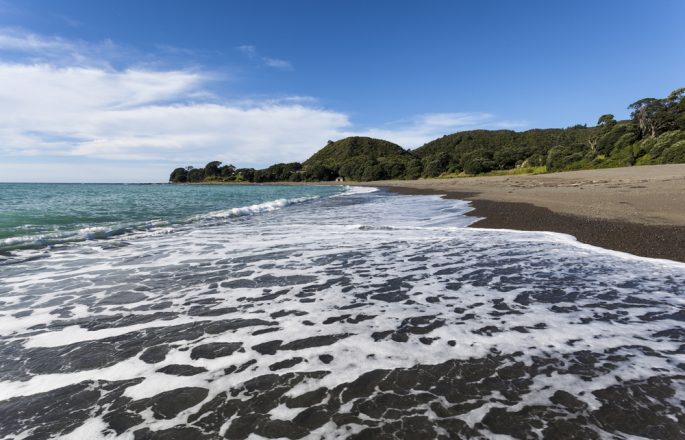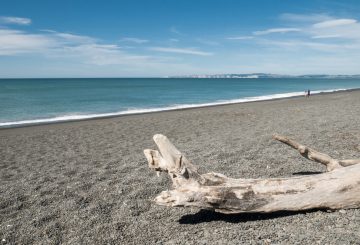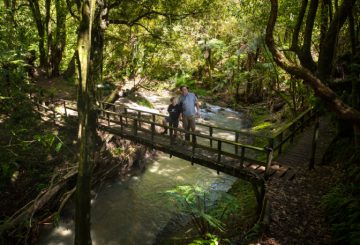Eastern Bay of Plenty iwi Te Whānau-ā-Apanui are asking for those who do not whakapapa to it to refrain from going into their rohe this summer.

Te Whānau-ā-Apanui Covid-19 iwi response unit (IRU) member and Māori Party co-leader Rawiri Waititi said iwi were putting conditions in place for those who were planning to enter the East Coast iwi rohe over the summer holidays.
The conditions are to ensure the safety of their people at home and those going home for the holidays.
“Please respect the vulnerabilities of our iwi at this time. We have taonga, our pakeke living in this iwi that we can’t afford to lose. We spent weeks upon weeks physically manning our borders with little resource to ensure our people were kept safe. This instance is no different,” Waititi said.
Te Whānau-ā-Apanui spokesperson and Ōpōtiki District councillor Louis Rapihana told Checkpoint the iwi’s request for holiday visitors to stay away was partly prompted by local businesses.
“Surprisingly it was the local businesses who approached us first as the iwi response unit, in regards to wanting to put best practices in place for them.
“The last thing they would want is for us to go into either a level 4 lockdown or red lockdown.”
Rapihana said there would be checks on campers, but assured there “won’t be any friction”.
IRU health lead Dr Rachel Thomson said its healthcare system was small and could only cater to the population living there.
“We just cope with the Christmas rush anyway. Covid-19 on top of this will put huge pressure on our capacity because we don’t have the facilities or system to cater to anyone outside of our own patients who tests positive,” she said.
Thomson works at the Te Kaha Medical Centre and helped facilitate Covid-19 vaccinations for Te Whānau-ā-Apanui rohe.
By the middle of October, 80 percent of the eligible population had been fully vaccinated against Covid-19.
She said the centre acknowledged how difficult it had been for whānau away from home living in lockdown and many would be excited to return for the holidays.
“We want to receive our whānau back into the iwi with open arms. That being said, we need to ensure that you are safe when you enter the iwi and that our people at home are safe too.
“Please get a negative test prior to coming home. We are only a small healthcare centre and will find it difficult to cope if everyone comes home to get tested. We are asking our whānau at home to be responsible for ensuring that your whānau coming home are producing negative tests,” she said.
Rāpihana said he was encouraging all local businesses to request vaccination certificates and a recent negative test, and asked everyone to reconsider planned weddings and events.
“We are now in the fight of our lives. Our iwi stood up in solidarity to keep Covid-19 out of our rohe. We didn’t bat an eyelid and we made it happen,” Rāpihana said.
“We have done all that we can to protect our iwi and now we are asking you to do your bit and be mindful about our vulnerable whānau living here. Wēnei korero katoa ka tuku i runga i te ngākau aroha, i runga i te ngākau taptatahi, mō te oranga o te iwi,” he said.
Source: RNZ News.




















































-360x245.jpg)









